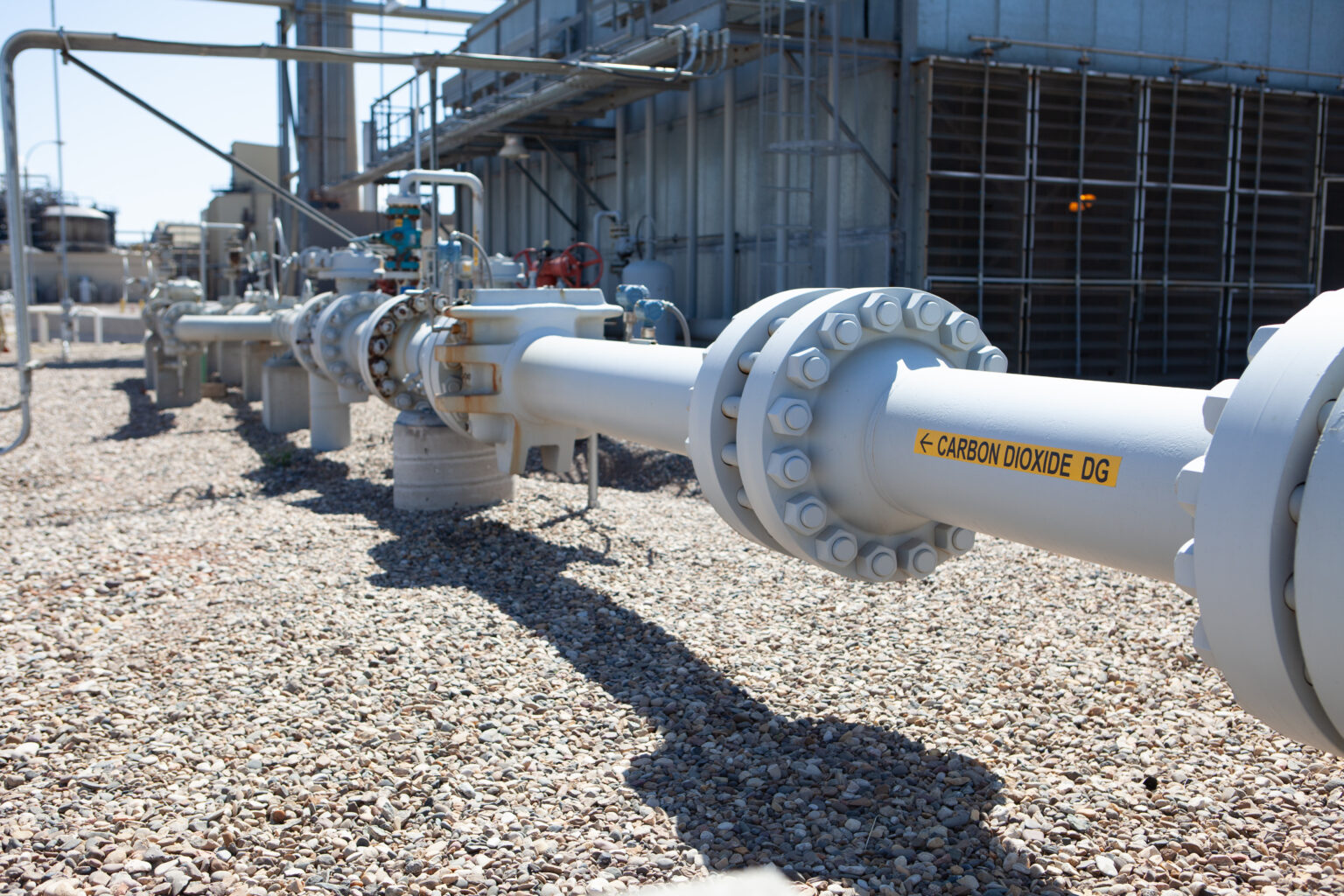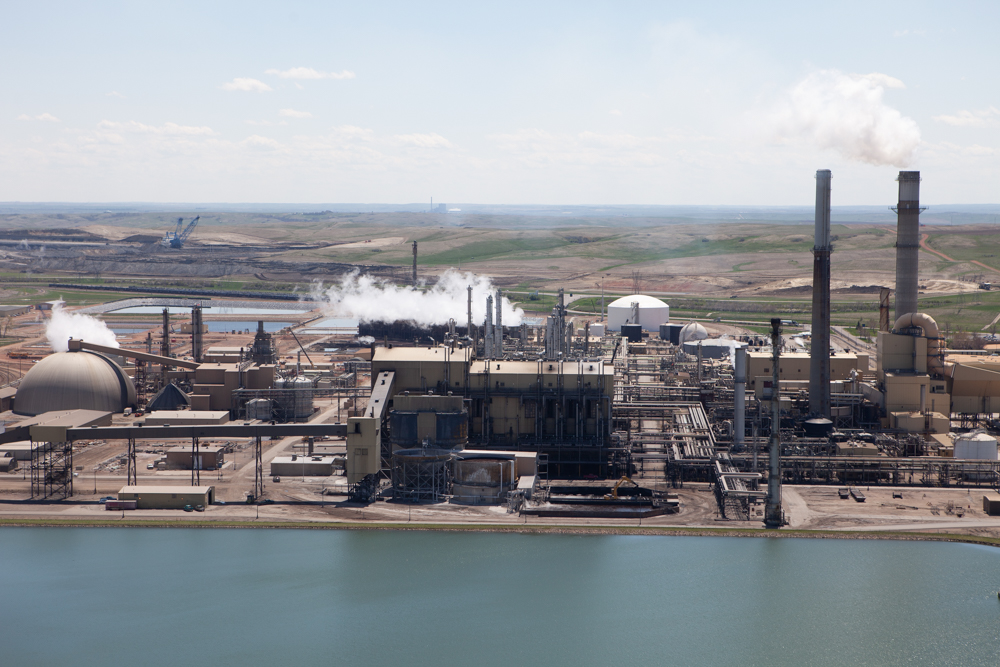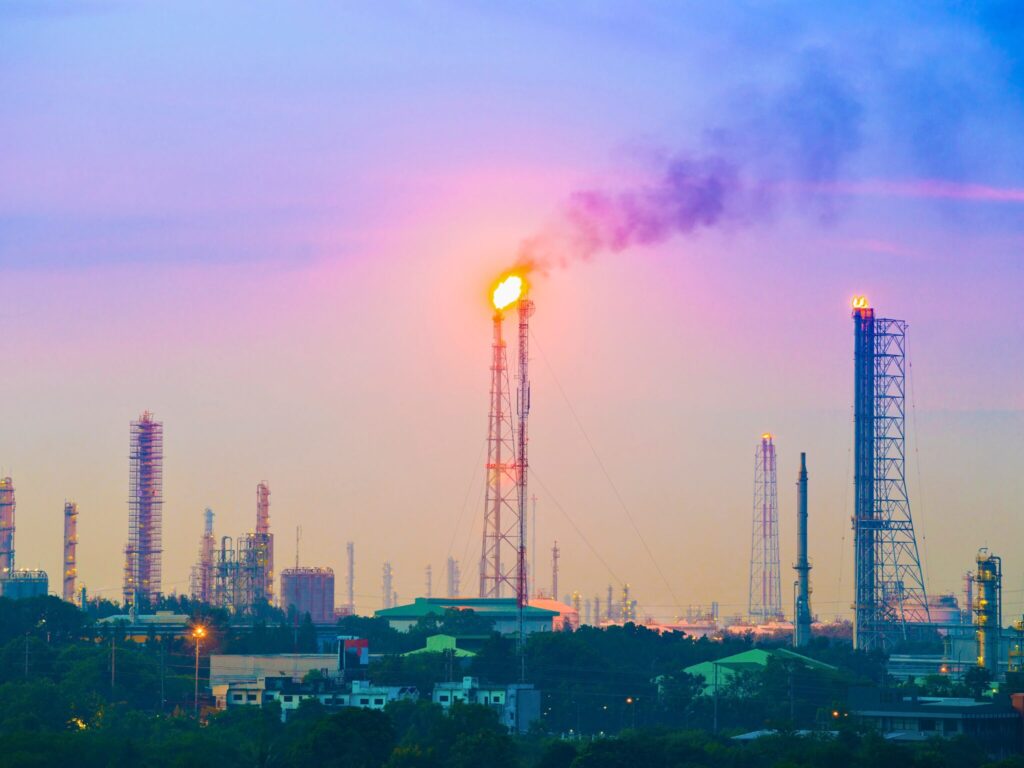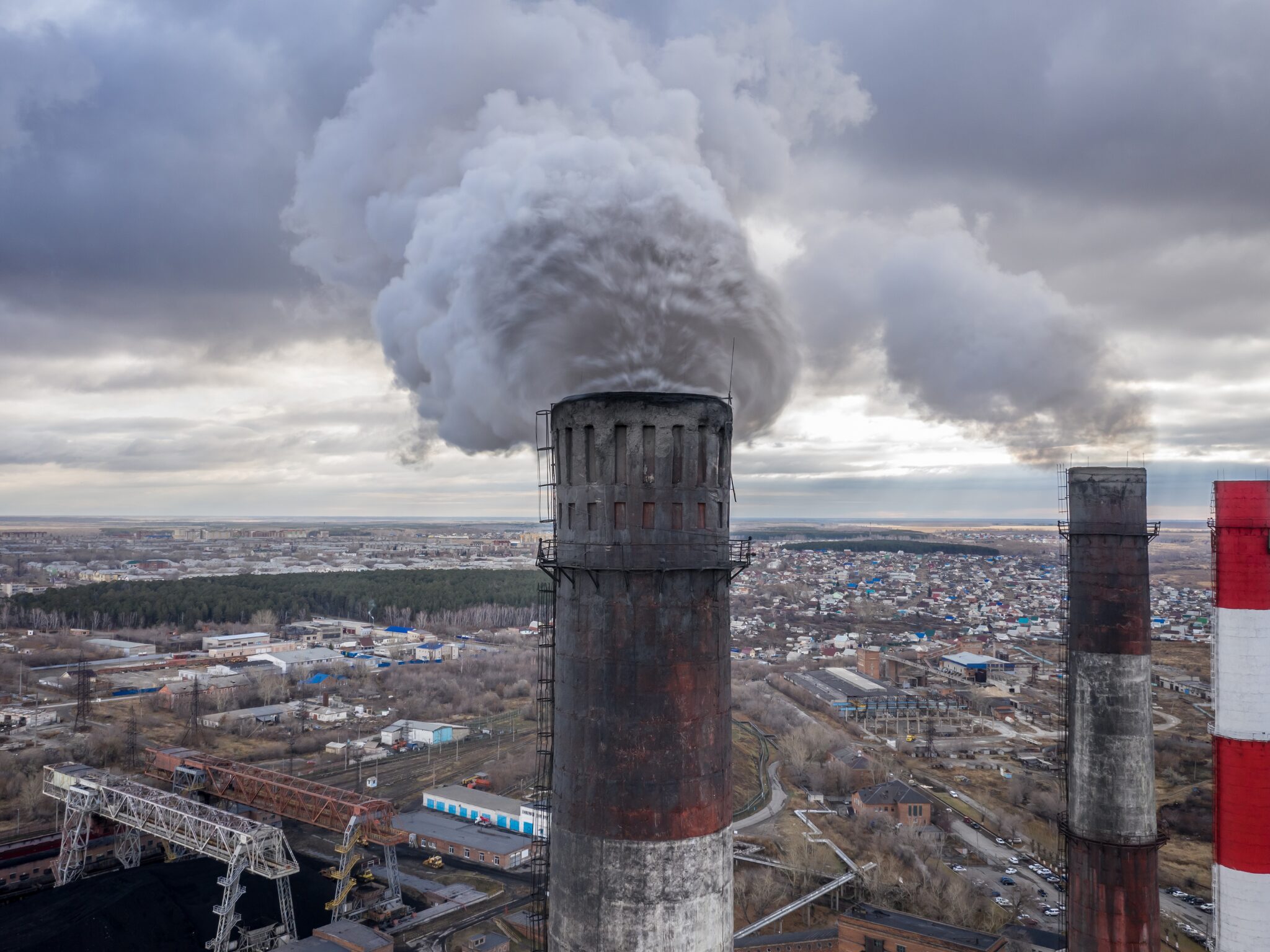Study: Carbon Capture Tech Will Extend Oil Production by 84 Years
6 Mins Read
The study focuses on a Canadian oil field that should have shut down in 2016 but could now keep producing oil until 2100.
By Geoff Dembicki
A major Canadian oil field in the province of Saskatchewan would likely have reached the end of its life eight years ago. But thanks to carbon capture and storage, a technology widely touted by the oil and gas industry and some political leaders as a key solution for climate change, the field could still be producing 1.5 million barrels of oil annually by the year 2100.
That’s according to calculations from Calgary-based senior geological advisor Menhwei Zhao, who authored a paper about his findings in the February 2024 issue of the AAPG Bulletin, a journal published by the American Association of Petroleum Geologists.
Though oil and gas producers have since the 1970s been capturing carbon dioxide from their operations and then pumping it into depleted oil wells, a process known as “enhanced oil recovery,” few studies “demonstrate in detail how CO2 injection impacts oil production and extends the lifespan of the oil pools,” Zhao writes.
He analyzed more than 22 years of production data from the Weyburn Midale oil pool, which since 2000 has been receiving carbon dioxide injections. It’s the world’s longest-running enhanced oil recovery project using carbon capture and storage. Zhao concluded that “without CO2 injection the pool would have ended its life by 2016,” but that “enhanced oil recovery could extend the pool’s lifespan to 39 or even 84 more years.”
That’s deeply worrying news for the climate, according to David Schlissel of the Institute for Energy Economics and Financial Analysis, a research nonprofit that focuses on the clean energy transition. “The fact that the oilfield would have been retired,” he told DeSmog, “and now it could conceivably go past the year 2100 is astounding and frightening.”

Zhao said that even though he focused on a specific project in Canada he would expect to see “similar results” for largescale carbon capture and storage projects around the world: decades of extended oil production for depleted fields — or “pools” as he refers to them — that otherwise would have to be shut down.
Brazilian oil major Petrobras injected a record 10.6 million tons of CO2 underground in 2022 that went towards extracting more oil. Saudi Arabia has ambitious plans to increase enhanced oil recovery. And U.S. companies like Occidental continue to expand the technology in oil-producing regions such as the Permian Basin.
“Oil pools are all different — different geology, different quality,” Zhao told DeSmog of the global prospects for the technology. “So the reaction to CO2 injection might be different. But overall, it should help oil production for sure.” It’s a win-win for the industry and climate, he writes, because “most of the injected CO2 is permanently stored in the old oil pools.”
There is a lot of dispute around that among climate and energy experts, however. A DeSmog investigation of 12 large-scale carbon capture projects around the world found “a litany of missed carbon capture targets” as companies failed to properly bury the greenhouse gas or in some cases simply vented it into the atmosphere.
Writing about enhanced oil recovery earlier this year, Harvard University professor Naomi Oreskes noted that “every new barrel of oil and cubic foot of gas sold and burned is putting more CO2 into the atmosphere. So not only do these kinds of projects not help, but they perpetuate our use of fossil fuels at a critical moment in history when we need to do the opposite.”
Huge public subsidies

The AAPG Bulletin study comes as the Canadian and Albertan governments prepare to give upwards of $15.3 billion in tax credits to the country’s largest oil sands producers for building carbon capture and storage projects. The U.K. government is meanwhile promising £20 billion in subsidies and U.S. oil and gas producers can obtain a tax credit of $85 for every tonne of carbon dioxide they bury in underground geological formations (the credit is lowered to $60 per tonne if the CO2 is used for enhanced oil recovery).
Ostensibly these huge public subsidies are for lowering global greenhouse gas emissions. The Biden administration argues that “large-scale deployment” of carbon capture and storage technologies “is crucial to addressing the climate crisis.”
But the vast majority of the carbon dioxide being buried by the oil and gas industry is currently being used to extract more oil. As DeSmog reported last year, 22 of the world’s 32 commercial carbon capture facilities use captured CO2 to prolong the life of aging oil wells.
The potential for enhanced oil recovery using captured carbon dioxide is vast. “Of the total of 600 billion barrels of oil that have been discovered in the United States, approximately 400 billion barrels are unrecoverable by conventional methods. Half of that unrecoverable oil (200 billion barrels) is at reasonable depths at which [enhanced oil recovery] may be applicable,” the U.S. Department of Energy has estimated.
Produce oil and gas forever

Oil and gas producers insist that even if carbon capture is used for oil production it’s still beneficial for the climate because the buried carbon neutralizes the climate impact of burning the new oil. Using such technology, “there’s no reason not to produce oil and gas forever,” Vicki Hollub, CEO of the U.S. company Occidental Petroleum, told NPR last year.
That argument relies on deeply flawed math, Schlissel counters. He points to U.S. government calculations showing that injecting a metric tonne of carbon dioxide into an aging oil well can produce up to three barrels of oil. Those three barrels, when burned, release nearly 1.5 tonnes of carbon dioxide into the atmosphere. “You’ve wiped out the savings from capturing the CO2,” he said.
The ultimate impact is to prolong our dependence on oil and gas. When the Weyburn carbon capture project in Saskatchewan was first announced in 1997 it was promoted as a way to extend the life of an aging oil field by 25 years, and then later touted as “a transitional technology that will allow the world to meet climate change challenges.”
More than a quarter century later, the Weyburn field is “still going strong,” according to Pipeline Online. “There’s a billion barrels of oil still in this reservoir,” one expert told the industry publication in 2022.
Zhao’s recent calculations in the AAPG Bulletin suggest that the project, and many others like it, can keep producing oil long past the 2050 deadline that scientists say is necessary for achieving net-zero emissions worldwide and avoiding the worst impacts of climate change.
That demonstrates to experts like Charles Harvey, a professor at the Massachusetts Institute of Technology who studies carbon capture and storage, that the huge amounts of taxpayer dollars going toward this technology under the pretense of lowering global emissions are in fact bolstering the fossil fuels at the heart of the climate crisis.
“Subsidizing this tilts the playing field away from technologies that don’t produce CO2 to begin with,” he told DeSmog, such as truly low-carbon energy sources like wind and solar. “And so it leads to a bigger market for oil.”
This article by Geoff Dembicki was originally published on DeSmog. It is republished here as part of the global journalism collaboration Covering Climate Now.



